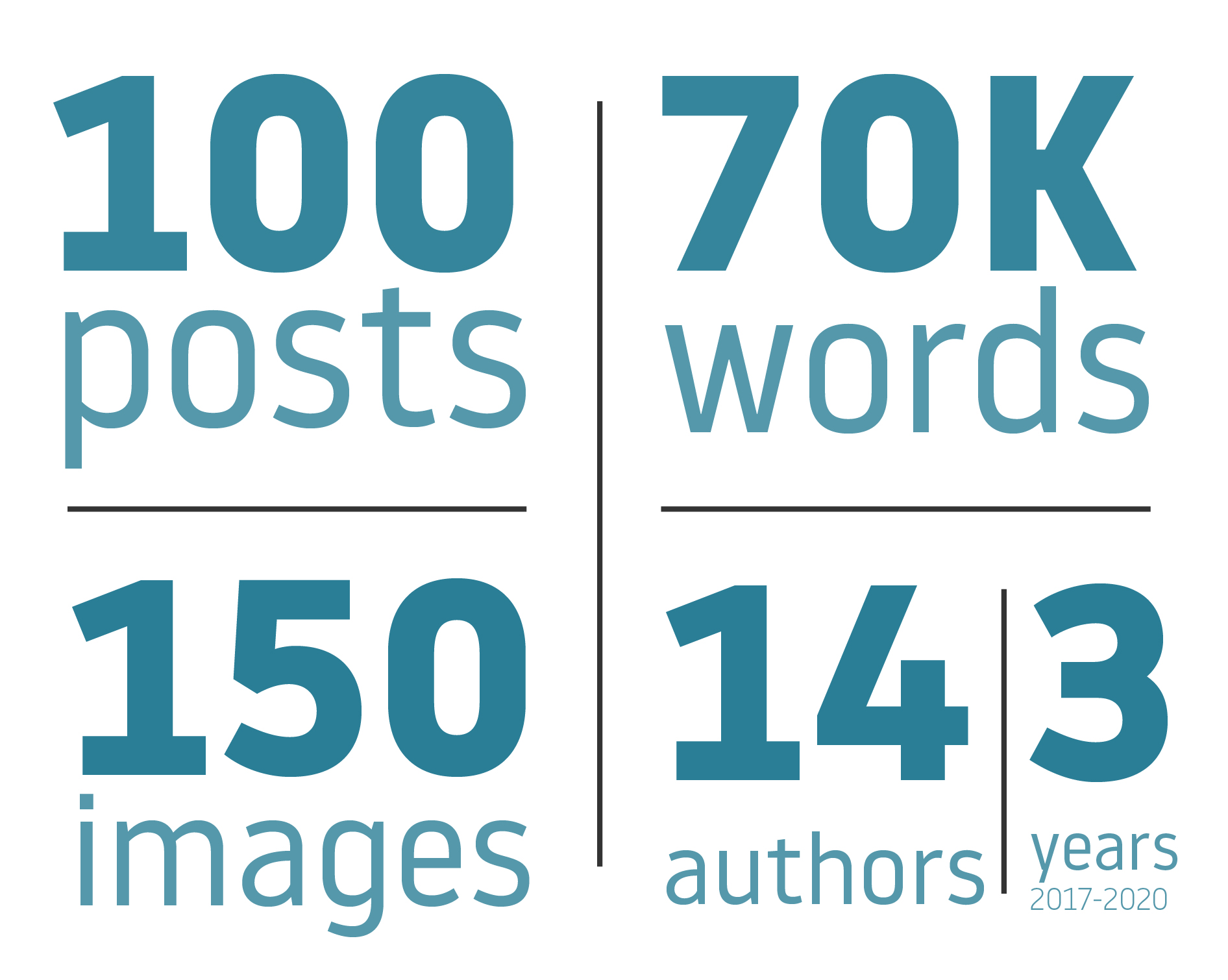Have you missed any of the 100 posts? You can check out the full list here. Or, if you are interested in just a few specific points of concern, you can also contact us — we are happy to provide facts and figures on them!
The most popular datascience.aero blog posts
Apart from the posts related to the Data Science in Aviation Workshop that attracts a large audience yearly, the top 3 most visited posts are:
- “Machine Learning with graphs: the next big thing? a post on how visualisations and graphic representations can support data inspection not only by humans but also by ML algorithms. It’s breaking records!
- “Evidence Based Training: time to change traditional pilot training” one of the most advanced initiatives of the aviation industry where pilots will be trained for the particular events they may face. With this technique, a more personalized training can be given to the pilots.
- “Predicting the improbable: Anomaly detection“: the last of a trilogy of posts on the data imbalance challenge, which, in this case, is used to detect rare events.
The least popular posts
For some reason, these posts did not attract much attention. Perhaps you can give them a try?
Throughout these 3 years of running the blog, we have regularly shared a review of emerging technologies with data scientists, engineers, aviation stakeholders and other experts. This review is shared with the hope that some of these emerging technologies may provide a revolutionary solution to traditional aviation challenges. Some such technologies include blockchain, topic modelling, homomorfic encryption or transfer learning, among many others.
Alongside these 100 posts, we have also written on how the aviation industry is adopting data science and AI techniques in different applications. We have reviewed data sources available in aviation and its inherent challenges, such as FDM data. The quality and accessibility of the data sources would open the door to different applications. Airline data is incredibly important for airline safety analysis, as Innaxis researched in its SafeClouds project in collaboration with 5 airlines. In fact, safety has been one of the precursor areas in aviation in which data-driven solutions have been promoted: one such example includes Evidence-Based training to prepare pilots to the actual hazards they will face in a customized way. However, the most advanced area of application is predictive maintenance fostered by airline interest in adapting aircraft maintenance to the actual needs of each aircraft, based on sensors’ data analysis, rather than based on standard cycles. In addition, we have also covered a number of less mature applications, like IROPS or AI in the cockpit.
the Data Science in Aviation Workshop 7 years ago. The workshop is a unique among data-related events nowadays that are dedicated to the different faces of aviation, like the IATA Data Symposium focused on airlines or the Digital Sky Challenge hackathon organized around the framework of the Single European Sky for ATM.
The growing success of data science technologies in the aviation industry today, in terms of initiatives, policy-makers support, and positive impact, is our greatest motivation in continuing our work in datascience.aero. We plan to reach not only 100 posts more, but 1000! We will be happy to celebrate with you alongside each of these milestones in the future!




